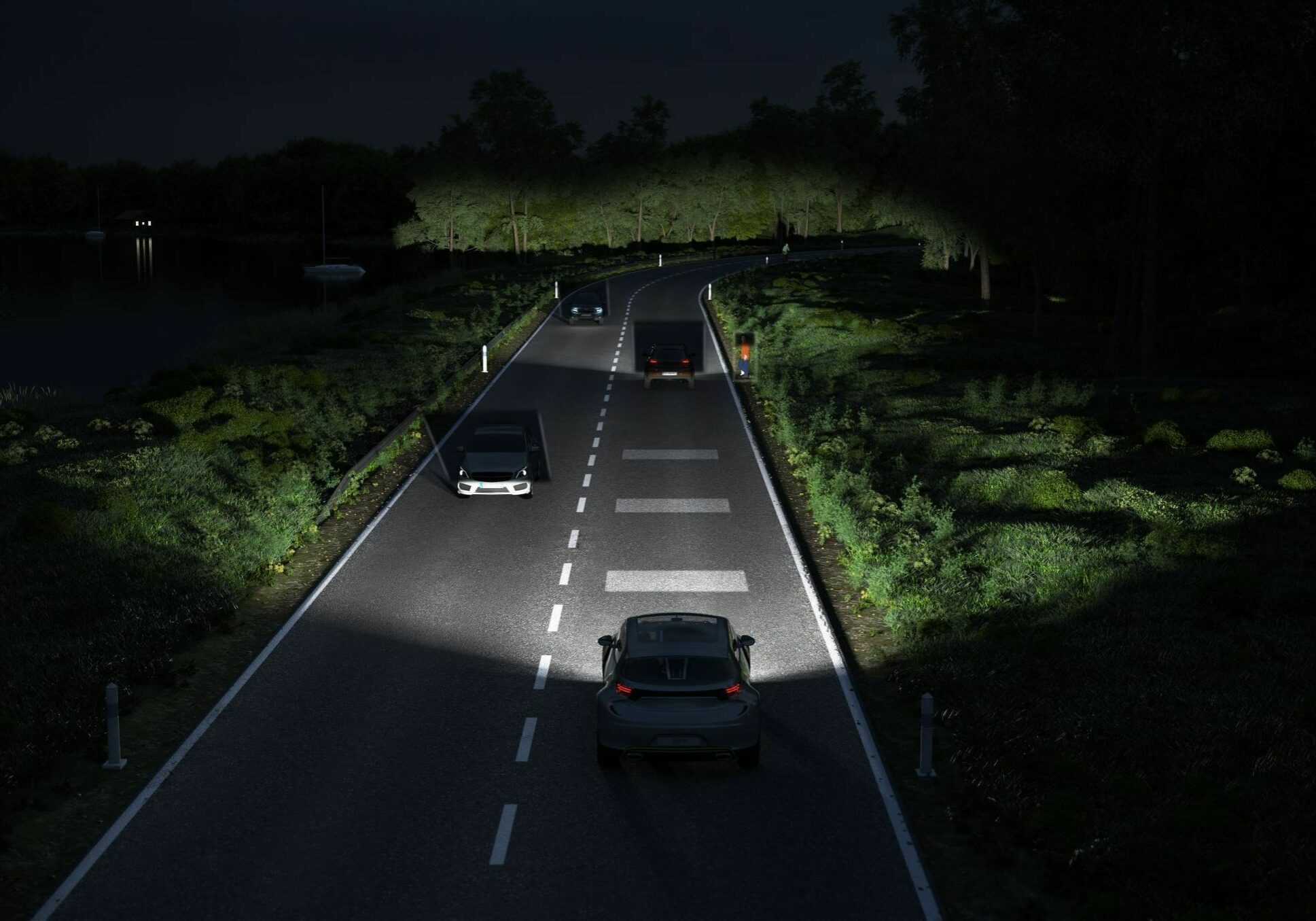Optics in Automotive Lighting Innovations for Safety and Style

Innovations in Adaptive Headlights
One of the most significant advancements in automotive lighting is the development of adaptive headlights. These headlights use sensors to detect the speed, steering angle, and road conditions to automatically adjust the direction of the light beam. This not only enhances visibility for the driver but also improves safety by illuminating potential hazards more effectively. For example, when the vehicle enters a curve, adaptive headlights will shift the beam in the direction of the turn, providing better visibility around corners. These systems can also adjust the intensity of the light based on ambient lighting conditions, reducing glare for oncoming drivers.
Integration of Advanced Imaging Systems
Another key trend in automotive lighting is the integration of advanced imaging systems, such as night vision cameras and thermal imaging sensors. These systems provide drivers with real-time visual feedback of their surroundings, allowing them to detect pedestrians, animals, and other objects that may not be visible with traditional headlights. By leveraging these imaging technologies, automakers are able to enhance safety on the road and reduce the risk of accidents, especially in low-light conditions. For example, some vehicles now come equipped with pedestrian detection systems that automatically alert the driver if a person is detected in the vehicle’s path.
Innovations in Dynamic Light Control
Dynamic light control systems are also revolutionizing automotive lighting by allowing headlights to adapt to changing road conditions in real-time. These systems use sensors to monitor the vehicle’s speed, distance from other vehicles, and weather conditions to adjust the beam pattern and intensity accordingly. For example, if the vehicle is approaching a slower-moving car, the dynamic light control system may reduce the intensity of the high beams to prevent glare for the other driver. By providing customizable lighting solutions, these systems not only improve safety but also enhance the overall driving experience for consumers.
Enhanced Aesthetic Appeal with LED Technology
In addition to safety features, automotive lighting is also evolving to enhance the aesthetic appeal of vehicles. LED technology has become increasingly popular in automotive lighting due to its energy efficiency, durability, and versatility. LED headlights not only provide bright, crisp illumination but also offer designers the flexibility to create innovative lighting designs that reflect the brand identity of the vehicle. From sleek daytime running lights to dynamic turn signals, LED technology allows automakers to differentiate their products in a competitive market while also reducing energy consumption and maintenance costs for consumers.
The Future of Automotive Lighting
As the automotive industry continues to embrace cutting-edge optical technologies, the future of automotive lighting looks brighter than ever. From adaptive headlights to advanced imaging systems, dynamic light control, and LED technology, manufacturers are pushing the boundaries of innovation to improve safety, functionality, and design aesthetics in vehicles. By staying informed about the latest trends and advancements in optics for automotive lighting, industry professionals can drive progress and innovation in this dynamic field. Rudzinsky Associates is dedicated to supporting talent acquisition and recruitment in the lasers, optics, and photonics industries, including lighting and illumination and helping to connect skilled professionals with innovative companies to shape the future of automotive lighting and beyond.



